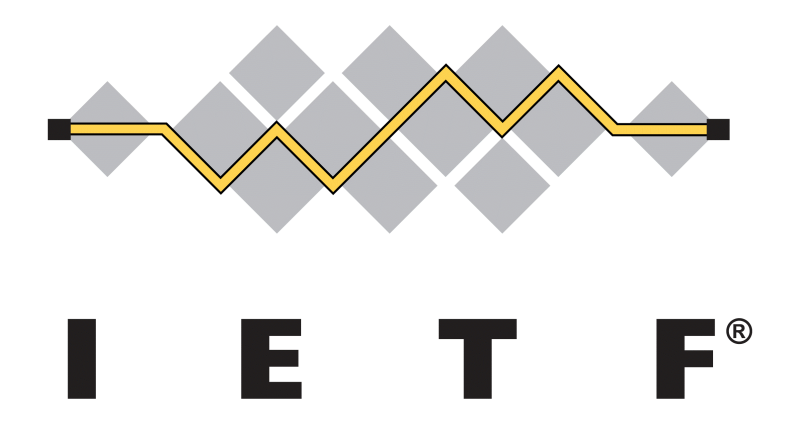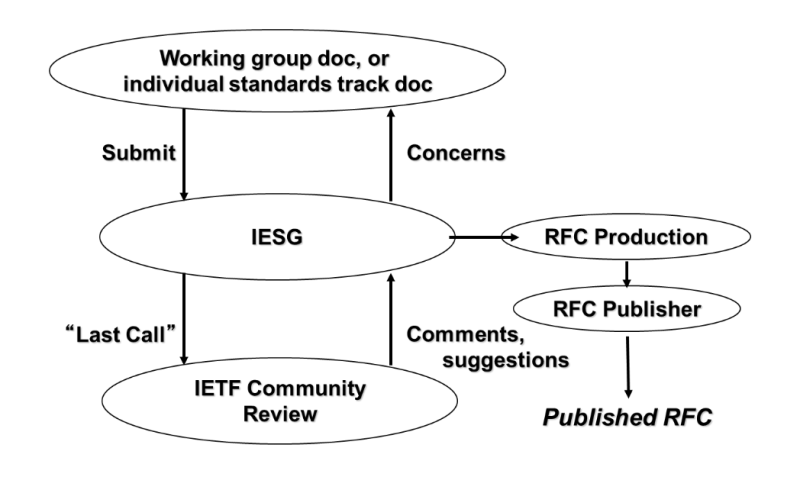By Daniel King and Adrian Farrel
The Internet Engineering Task Force (IETF) is the leading nonprofit standards body that develops internet standards. It is an international community of network designers, operators, vendors, and researchers cooperating in various working groups.
Recent posts

Unquestionably, the IETF and its participants are vital for the smooth operation of the Internet. The open standards it publishes are one of the most important cornerstones of the Web. Companies implement them to enable devices, applications and services to cooperate using numerous networks, underpinning the interconnected multi-layer Internet.
To achieve the IETF's mission "to make the Internet work better," the IETF is split up into around 120 working groups, each focused on a specific topic, problem, or protocol. Each working group has a charter that describes the scope of work and the deliverables, and each working group has a mailing list on which the work is discussed and advanced.
Topics are usually introduced to the IETF with an email to the relevant list but are soon written up in an Internet-Draft (I-D). I-Ds are posted to the datatracker, a repository and a status tracker for the work. All I-Ds are free to access and download via the Web. However, it is essential to understand that I-Ds are temporary drafts: they are marked as "work in progress" and are not suitable for implementation except for experimentation and proof-of-concept.
I-Ds start their life as individual drafts under their authors' care. The authors are responsible for the content and the progress of the work. They are free to change the content or ignore discussions as they see fit. Once an individual draft is stable, it may be brought to the working group for adoption. If the working group agrees that the work is in scope, sufficiently stable, and an idea that they want to work on, it will become a working group draft.
When the working group thinks that the working group draft is complete, it holds a working group last call to allow for final reviews. The finished product then goes for an IETF last call to allow for broader review by people who might not have been following the progress of the working group and review by the Internet Engineering Steering Group (IESG), who are responsible for ensuring that process has been followed and that the work will not "break the Internet".

Agreed I-Ds are published as "Request For Comment" (RFC) documents with the assistance of the RFC Editor, who performs classic editorial functions. Despite the name (with its roots in history), RFCs are effectively standards for the Internet. Thus, when an RFC is published, it is ready for implementation and deployment.
TeraFlow project members have co-authored three IETF RFCs and have several ongoing IETF activities, including individual and working group documents, across key technologies being investigated and developed by TeraFlow.
YANG-based Data Models for Service Deployment via the TeraFlowSDN (TFS) Platform.
Investigating and Updating the IETF Principles for Internet Traffic Engineering
Framework to Manage Network Slicing and Applicable Data Models for Slice Instantiation
Additional IETF Protocol Work to Support Key TeraFlow Components
Ultimately, the RFCs and proposed standards the TeraFlow team have created will leave an unprecedented industry-impacting legacy unmatched by any EC-funded project, thus far. In addition, the standards the team have led and contributed to will be implemented by commercial and research companies worldwide and help improve the Internet for everyone.
